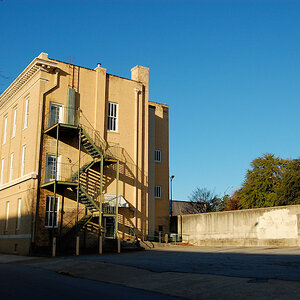Rob
TPF Noob!
Hello all,
Apologies for the length of this thread opening mail , but it's a pretty specific question!
, but it's a pretty specific question!
We have just been on a ukphotographs group model shoot in Brighton. The day was great fun and it's now time to print out the hard copies. On the day itself, we were shooting on many kinds of camera from 1962 Mamiya 645, through to Canon EOS30D, via 1980's Nikon. Lens lengths varied from 400mm f2.8 to 50mm f1 and films and digital were of mixed brand and content.
I'm going to be printing the better shots of the day on an HP Photosmart 7762 on HP Premium Plus Satin-Matt paper for the model to choose her favourites and (hopefully) get some orders for the reprints.
My question is, given the above, are there any recommendations for improving printed images which aren't horrendously apparant?
In PS 8CS which is my modus operandi for such manipulation, I find that some things which look great on the screen/web such as Burn or Dodge or Blur; are very visible when printing out "enlargements" at A4 size. Cropping and Bright/Cont I can get away with, but any editing of the image, especially blurring the background, cloning and USM look really terrible when printed out!
Does anyone do this kind of thing on a regular basis, and do they have any tips for colour photography home printing which will enhance the pictures?
Any ideas will be welcomed and tried, please don't be afraid to speak up! I'll be printing at about 7pm GMT - so I'll post some examples if anyone is interested?
Thanks for reading this far!!
Rob
Apologies for the length of this thread opening mail
We have just been on a ukphotographs group model shoot in Brighton. The day was great fun and it's now time to print out the hard copies. On the day itself, we were shooting on many kinds of camera from 1962 Mamiya 645, through to Canon EOS30D, via 1980's Nikon. Lens lengths varied from 400mm f2.8 to 50mm f1 and films and digital were of mixed brand and content.
I'm going to be printing the better shots of the day on an HP Photosmart 7762 on HP Premium Plus Satin-Matt paper for the model to choose her favourites and (hopefully) get some orders for the reprints.
My question is, given the above, are there any recommendations for improving printed images which aren't horrendously apparant?
In PS 8CS which is my modus operandi for such manipulation, I find that some things which look great on the screen/web such as Burn or Dodge or Blur; are very visible when printing out "enlargements" at A4 size. Cropping and Bright/Cont I can get away with, but any editing of the image, especially blurring the background, cloning and USM look really terrible when printed out!
Does anyone do this kind of thing on a regular basis, and do they have any tips for colour photography home printing which will enhance the pictures?
Any ideas will be welcomed and tried, please don't be afraid to speak up! I'll be printing at about 7pm GMT - so I'll post some examples if anyone is interested?
Thanks for reading this far!!
Rob


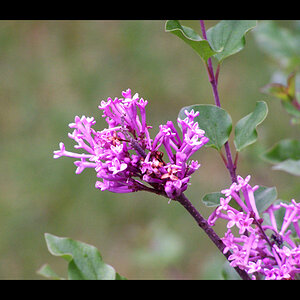
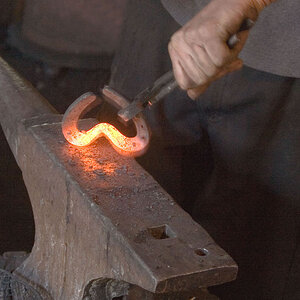
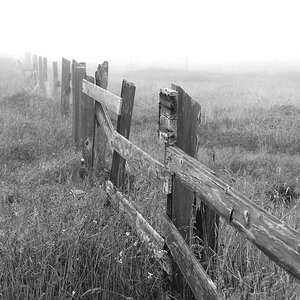
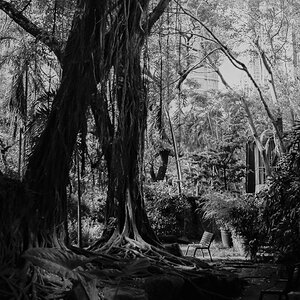
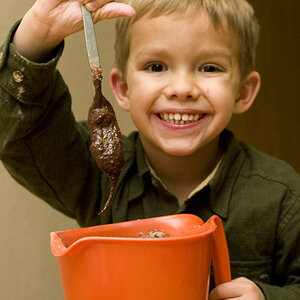
![[No title]](/data/xfmg/thumbnail/33/33496-cbbeddf3051451b7c3d3db2cd5ed1dc0.jpg?1619736004)
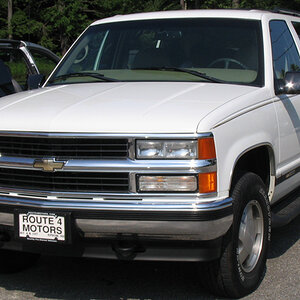
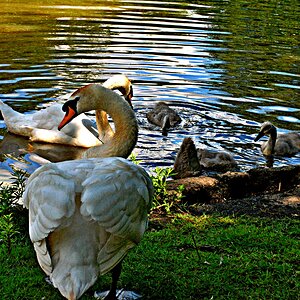
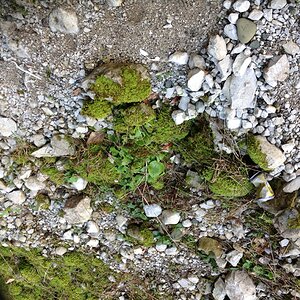
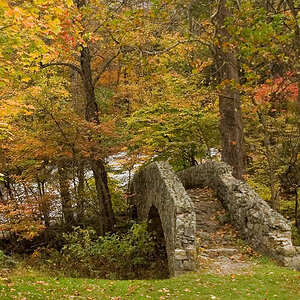
![[No title]](/data/xfmg/thumbnail/33/33493-f055dbbe7f00f271d3959dd3a6482165.jpg?1619736004)
